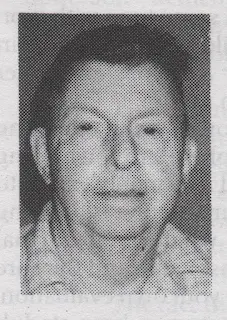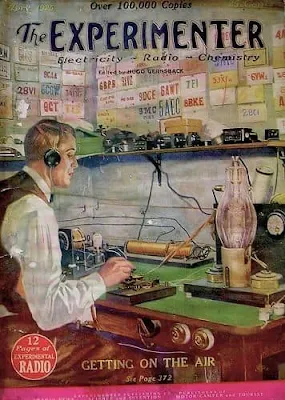 |
| C.F. Rockey W9SCH |
We have discussed the monumental work of C.F. Rockey, W9SCH, SK before. Yesterday a comment appeared under that post that is just too good to leave buried in the comments. It appears below. Jeff's comment also caused me to dig up my small collection of "The Five-Watter" issues from the Michigan QRP Club. Rockey wrote a column for that magazine. It contains a lot of tribal knowledge. Here is Jeff's look back:
This turned up for me in a Google search for "Charles Rockey QRP ARRL" during a phone call with a friend of mine who was bemoaning that he never got a novice license because he could not master Morse code (he is in his mid-60s, as am I). I was taken back to the communications electronics class I had my freshman year at New Trier East in Winnetka (not Wilmette) IL in 1971. That class was taught by none other than C.F. Rockey, known to us students as The Rock. I think about him fairly often because I grew up to become a very hands-on engineer and can recall parts of his class quite clearly, even at this remove. Somewhere I still have the reports we had to write (typed on a typewriter) each week. He was a huge influence on me and I was saddened to have his passing undeniably confirmed for me. I have the little chemistry book he authored beside me now *Electrons, Atoms and The World* and am glad to be able to read his obit. One thing needs to be added to it: He won the ARRL 5000 mile-per-watt award for working Anzio, Italy from his home north of Chicago on 5W. I am very lucky to have had him as a teacher and mentor for those years. Thanks for sharing. Cheers, Jeff Mizener, DFW-TX






































